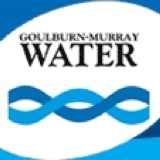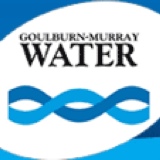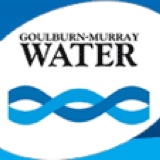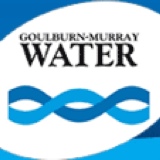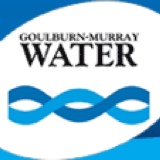Information
-
Audit Title
-
Site
-
Conducted on
-
Location
-
Auditor
-
Auditee
-
Audit Finding Grades:
1. Non Conformance
- Absences of, or the failure to implement and maintain G-MW's environmental management system (EMS) elements or relevant G-MW procedure; or
- A situation which raises significant doubt as to the capability of the system to achieve the policy, objectives and to satisfy the requirements of G-MW.
2. Opportunity For Improvement
A finding indicating a weakness in the system, a procedure, records or in the management of a particular activity. Or a situation, if left without corrective action or attention by G-MW would raise doubt as to the future capabilities of the management systems to achieve the policy, objectives and requirement of G-MW.
3. Observations
A finding warranting by the G-MW although not nessesarily requiring remedial action.
NOTE: Follow up of previous audits - Non-conformance 6 months and Opportunities for improvement 12 months.
Administration
-
Are all staff appropriately trained? Can training records be sighted?
-
Has the site specific induction register been maintained?
-
Has there been any incidents?
-
Has there been any public complaints made?
-
Have the appropriate approvals been obtained prior to the commencement of works? Pre-works Checklist
-
Is there a current copy of the Environmental Handbook onside and are all staff up to date on handbook training?
-
Has an Environmental Site Inspection Checklist been completed?
-
Findings
General Site Conditions
-
Is there a source of odour? (for example: stagnant water, waste, air pollution)
-
Is there visible dust in the air from vehicles or plant?
-
Is there excessive noise or vibration from plant or equipment?
-
Is the site tidy and litter free?
-
Are there designated parking areas? Are there any access restrictions in place? For example, fenced off native vegetation.
-
Findings
Waste Management
-
Are there leaks from waste skips, bins or compactors?
-
Are landfill and recycling facilities provided and regularly emptied/inspected?
-
Is there contaminated soil or water onsite (i.e. fuel stains)?
-
Are portable toilets and other waste depositories checked regularly?
-
Is there prescribed waste onsite? e.g. Asbestos. If so is the waste certificate process known?
-
Are stockpiles of waste/material appropriately managed? (e.g. Steel, timber, soil outside the dripline)
-
What waste is being produced onsite? Are there reuse options? Have appropriate disposal options been sought?
-
Findings
Chemical Management
-
Are all chemicals, fuels & oils appropriately bunded?
-
Are bunds in good condition (not overflowing, cracked, stained)?
-
Are chemical drums stacked safely, in appropriate locations (i.e. close proximity to storm water drains)?
-
Are all chemical containers sealed with labels?
-
Are current MSDS's available onsite?
-
Are spill kits appropriately located onsite?
-
Are all personal aware of how to report an incident?
-
Findings
Water Quality & Stormwater Management
-
Is there a risk of pollution to stormwater?
-
Is there an urban off take nearby? (i.e. will works or operations impact on water quality supplied to urban customers?)
-
Are there appropriate controls to prevent or minimise sediment pollution?
-
Findings
Biodiversity & Cultural Heritage
-
Are sensitive areas (native vegetation and/or cultural heritage) being appropriately managed?
-
Has the need to remove native vegetation been avoided or minimised through site/work design?
-
Have appropriate approvals been sought for native vegetation removal?
-
Has the Native Vegetation Field Recording Form (#2970522) been sent to the E&S Team?
-
Have trees or logs been retained onsite for habitat (if practice)?
-
Have any native fish been relocated? Is there a copy of the DPI permit onsite?
-
Have weeds been appropriately managed if necessary?
-
Findings
